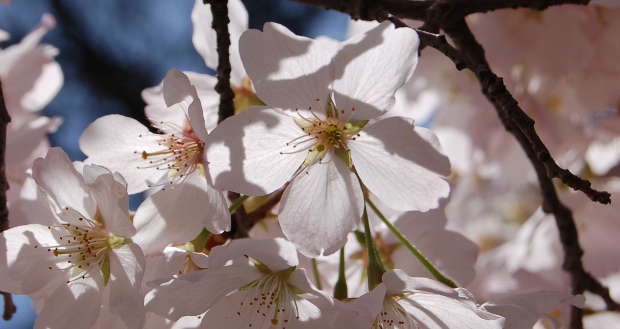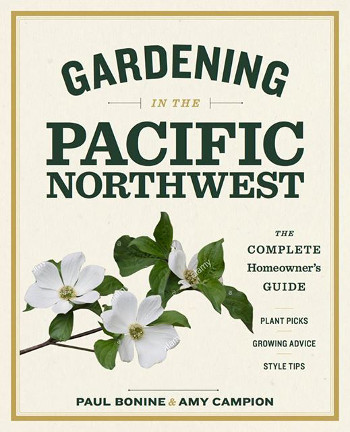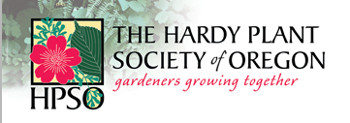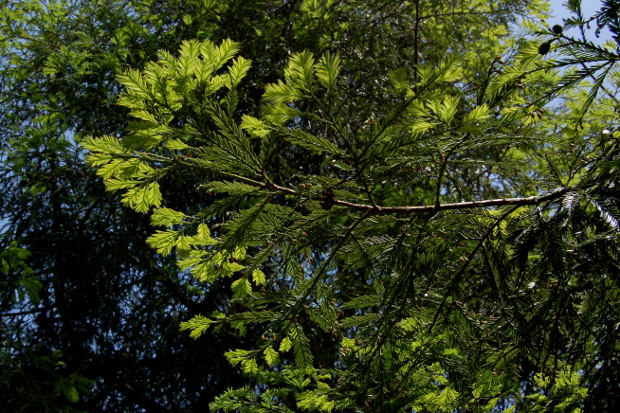
When I first decided to write a book on bloom times and told my landscaper friends about it, I got a surprising amount of resistance from some of them.
“But bloom times can vary so much from year to year!” they would say. “How can you be so sure of the dates?”
I doubted myself at times, but as my observations began to pile up year after year, I saw the amazing regularity with which events in the natural world occurred. I realized where the skepticism was coming from.
It’s human nature.
Just like this winter will long be remembered as one of the coldest and snowiest in recent memory for many people, it is human nature to dwell on atypical seasons and give them more weight than the many more numerous “normal” seasons that pass by more quietly.
We remember the year that the witchhazels bloomed in January, but ignore the ten years that they did not. We remember the year that spring was delayed for a month, but pay little attention to the years when things ran according to schedule. How often have you heard someone say, “How about this average weather we’re having!”? We don’t realize that most years, the weather is usually in the range of “normal” and that most plants bloom on time.
I recently came across a list of peak bloom dates for Yoshino cherries in Washington, D.C. dating back to 1921. I was curious to see how confident I really could be in predicting bloom dates by the calendar.
The respected Wyman’s Gardening Encyclopedia discusses this same list in the entry on “Order of Bloom.” In typical sensationalist fashion, the authors are quick to point out the wacky years–that one year out of dozens when the Yoshinos bloomed on March 20 and the four years that they didn’t bloom until April 15.
I wondered what the data would show if I looked for commonalities instead of discrepancies.
I calculated the average date of peak bloom for the Yoshinos in Washington, D.C. during the past 30 years to be April 1. I then checked to see how often the actual date fell within one week of the average–between March 25 and April 8.
In 8 out of 10 years, it did. Bloom dates are certainly not set in stone, but they are more regular than most people think.
As an aside–a major aside–remember I said that records went back to 1921? The reason I took into account only the past 30 years was because before then, the bloom dates were significantly later. Here’s the average peak bloom date breakdown by decade:
- 2004 to 2013: April 1
- 1994 to 2003: April 1
- 1984 to 1993: April 2
- 1974 to 1983: April 4
- 1964 to 1973: April 10
- 1954 to 1963: April 8
- 1944 to 1953: April 3
- 1934 to 1943: April 7
- 1924 to 1933: April 6
Climate change seems to have caused the cherries to bloom an average of 5 days earlier in the last 30 years than they did in the 60 years before 1993. That, unfortunately, is an anomaly that really does deserve our attention.




























Hahaha…you’re so right…it’s so easy to think that things are earlier or later than usual..but usually, when i check through my photos to see when something blooming in previous years…it’s pretty much the same time every year, which is kind of amazing. Even the so-called ‘Arctic Blast’ this year was pretty much within the limits of a Zone 8 winter for most of us (minimum temp of 10°). We’ve just grown so accustomed to milder-than average winters that an average one seems extra cold.
Scott, Thank goodness for digital photos that tell you when the picture was taken, right? The evidence is right there in front of us! To think I used slides all those years… Ugh.
Amy if I’m on schedule only 80% of the time! I’m in trouble and a two week grace period is generous. So I can’t say they are regular. Perhaps the generally fall into the same ballpark
Dick, Before I started keeping detailed records, I would have agreed with you. That is certainly the message repeated in the gardening literature, isn’t it? Nature is unpredictable! But over the years I have found so much more regularity than irregularity. It has really surprised me sometimes. I would go to Spring Grove or Mt. Airy to check on a plant that was “supposed” to be in bloom, not thinking it would be, because “this year is so different.” And usually, it would be blooming. Maybe daylength plays more of a part in bloom times than we realize? I am not arguing that flowering times and other events are set in stone, but I do believe they are more regular than most people realize.